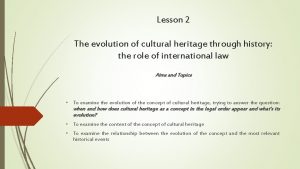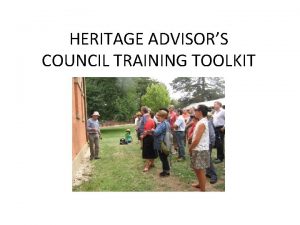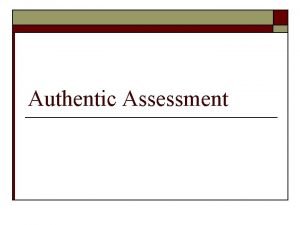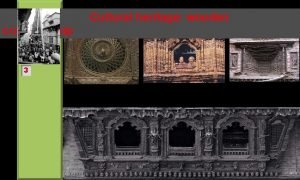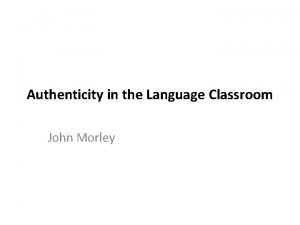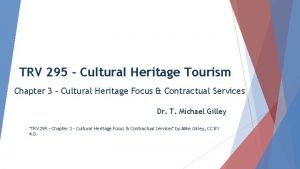Authenticity in Cultural Heritage Tourism as a means










- Slides: 10

Authenticity in Cultural Heritage Tourism as a means to Sustainability

Authenticity Dimensions of authenticity: Objective: Boorstin, Mac. Cannell Constructed: Cohen, Urry, Rojek Personal: Bruner, Wang Polarity of theory: Object -------Subject

Søren Kierkegaard 1813 -1855 The human subject is a synthesis of: the infinite ----- the finite possibility ----- necessity Authenticity: to focus on one thing as a result of a choice The truth is subjective, but the subjectivity is not the truth The authentic experience is subjective, but the subjective experience is not necessarily authentic

Mikhail Bakhtin 1895 -1975 The Chronotope: Kronos: time Topos: space Dialogue: time ---- space change, flux ---- stasis, fixity. Space/stasis: Time/change: Trial pattern Odysseus Tristan El Cid Spiderman

Dialogue Authenticity and the personal experience Time/space: - axiological - tied up with judgments about good or bad Dialogue: an event Human being: a project or deed Authenticity and cultural heritage: • temporality: changes through generations • spatiality: myths, symbols or signs As a communicative principle the chronotope establishes a constant dialogue between generality and uniqueness

Sustainability Cultural Heritage Management Concerns: • identifying cultural heritage with reference to conservation for future generations • the socio-cultural authenticity of host communities, including traditional values and heritage The chronotope: a principle to identify cultural heritage Generality: structures, symbols or myths Uniqueness: special or exceptional features

Taarnborg Cultural history from 1500 -1750 Exterior: historic Interior: past and present Investigation: Method An empirical survey among visitors through the method of participant observation Question The chronotope: catalyst for authenticity in • Cultural Heritage Management? • The touristic experience?

Renaissance event Ribe is the oldest town of Denmark - Historic greatness in the 1500 -1600 The idea of the event: Outdoor: Stasis predominant Renaissance experienced trough a historic staging - People in Renaissance dress, marketplace, games, music, spectacle, entertainment, food Indoor: Bears witness of changing times Renaissance experienced in the light of the present -Talks/lectures, tales, workshops, communication today, multimedia and virtual mediation

Social responsibility Activities: religious ideas and concepts Approach: non-confessional Principal idea: experiencing the spirit of the place - transformation (Pine and Gilmore, 1999) Ambition: exponent for transformation - not founded on ultimate answers or idealistic ideas - but duality and conflict of human existence

Duality and authenticity Duality: Human subject - exists between flux and fixity Cultural heritage -constantly in the process of production and reproduction. The chronotope is to be investigated as the place where knots of authenticity are tied and untied.
 Authenticity in tourism
Authenticity in tourism Cultural authenticity
Cultural authenticity Sapratibandha
Sapratibandha Doctrine of blending
Doctrine of blending World heritage is our heritage slogan
World heritage is our heritage slogan Intangible cultural heritage in the philippines ppt
Intangible cultural heritage in the philippines ppt Constantine was the emperor who ______.
Constantine was the emperor who ______. Cultural heritage meaning
Cultural heritage meaning Heritage advisors
Heritage advisors Intangible cultural heritage and sustainable development
Intangible cultural heritage and sustainable development Definition of traditional assessment
Definition of traditional assessment







